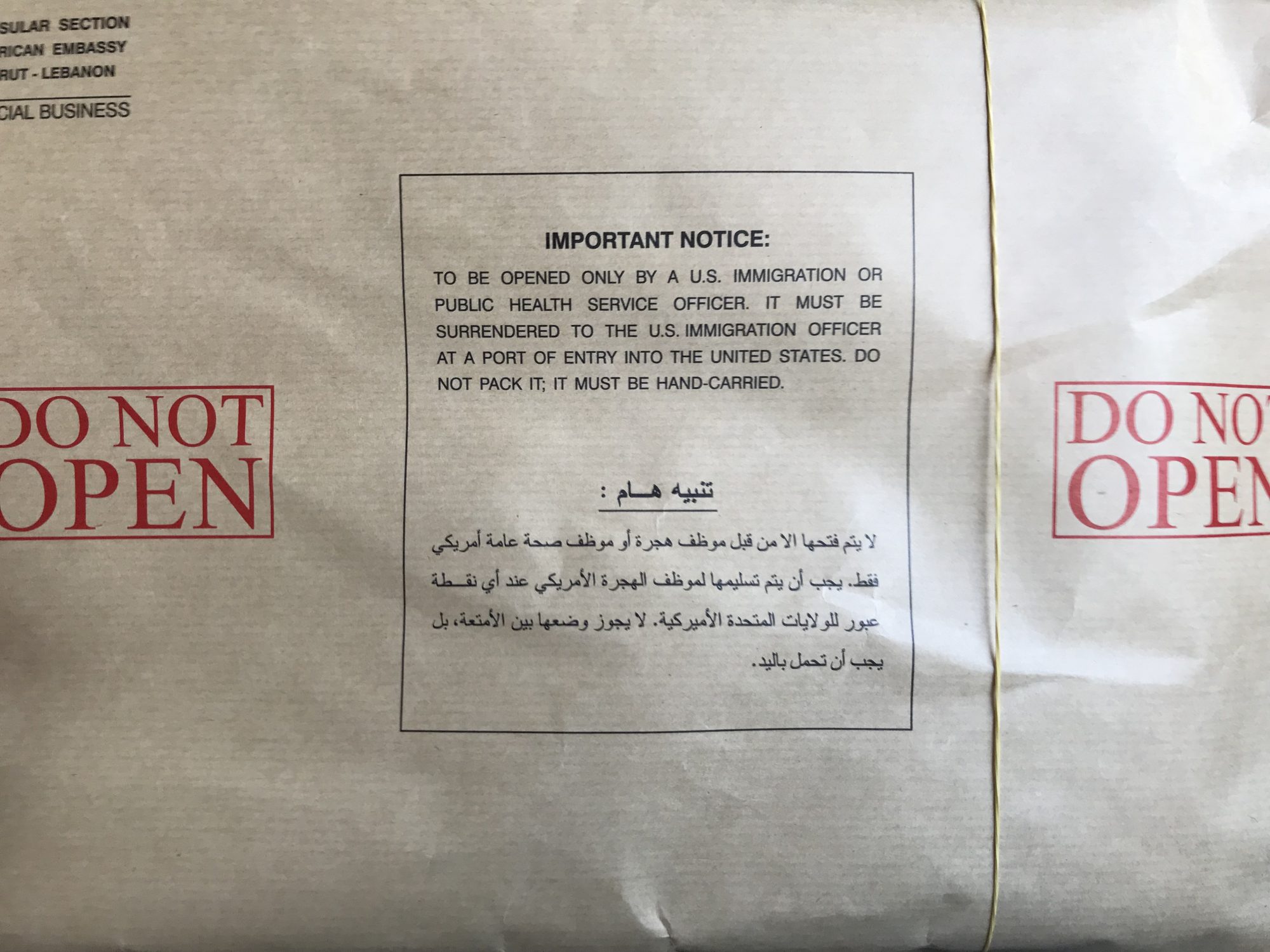The Really-Real
Another cultural anxiety that Apple’s ‘Severance’ cashes in on is the impermanence of self; are we who we think we are? Will we always be that way? What makes me “me”, anyhow? Is an “innie” a real person or are they merely the really-real person out there ‘under the influence’? Which experience gets to have agency? Which actor is ultimately accountable? In the background of all these questions is the fundamental paradox of individuality: inviolable and sacrosanct, yet conditioned, if not determined. “Individual” literally means that which cannot be divided, and yet, we all know that our human experience contains … Continue reading “The Really-Real” →
